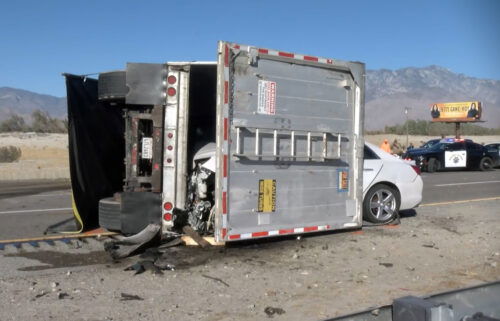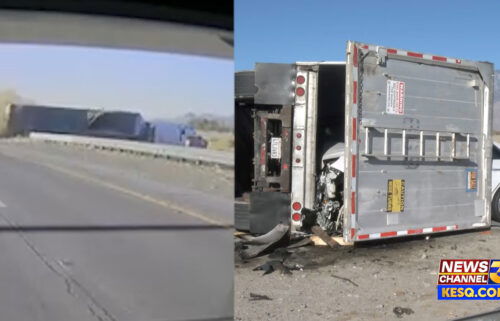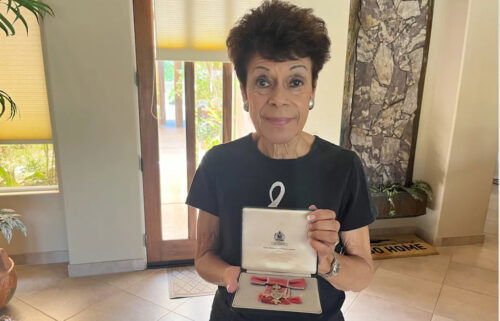Palm Springs Police engage in week-long implicit bias training
The Palm Springs Police Department today continued its week-long training against implicit bias.
The city announced on Tuesday that all police department employees began their eight-hour daily training in principled policing, procedural justice, and implicit bias.
The city defined implicit bias "as the automatic association people make between groups of people and stereotypes about those groups."
These associations have the potential to influence behavior in certain situations and can cause people to make biased or prejudiced choices, according to city officials. The training is broken down into small groups and focuses on policing approaches that emphasize respect, listening, neutrality and trust, while tackling the biases that can impede these approaches.
"Reducing the influence of implicit bias is vitally important to strengthening relationships between the police and our community at large,'' Acting Chief of Police Melissa Desmarais said. "The Palm Springs Police Department is committed to providing advanced officer training in this subject that is not only engaging and relevant, but also evaluated and measured in a way that creates a significant positive impact on our organization."
The training is similar to a course all police officers take when training to become an officer.
“It’s stemming from an original course we have been taught basically since the academy called cultural diversity. It’s been restructured to where it’s now called implicit bias.” said Sergeant Michael Casavan.
The training goes through the history of police interactions.
“Things like the stonewall riots. The civil rights movement things like that where there was police interaction," explains Sgt. Casavan. "And we want to make sure we learn from those mistakes we may have made in the past and not make those mistakes in the future.”
The Palm Springs Police Department says it will eventually bring these same lessons for the community to take. It hopes this will help build strong relationships between the police and the community it serves.




